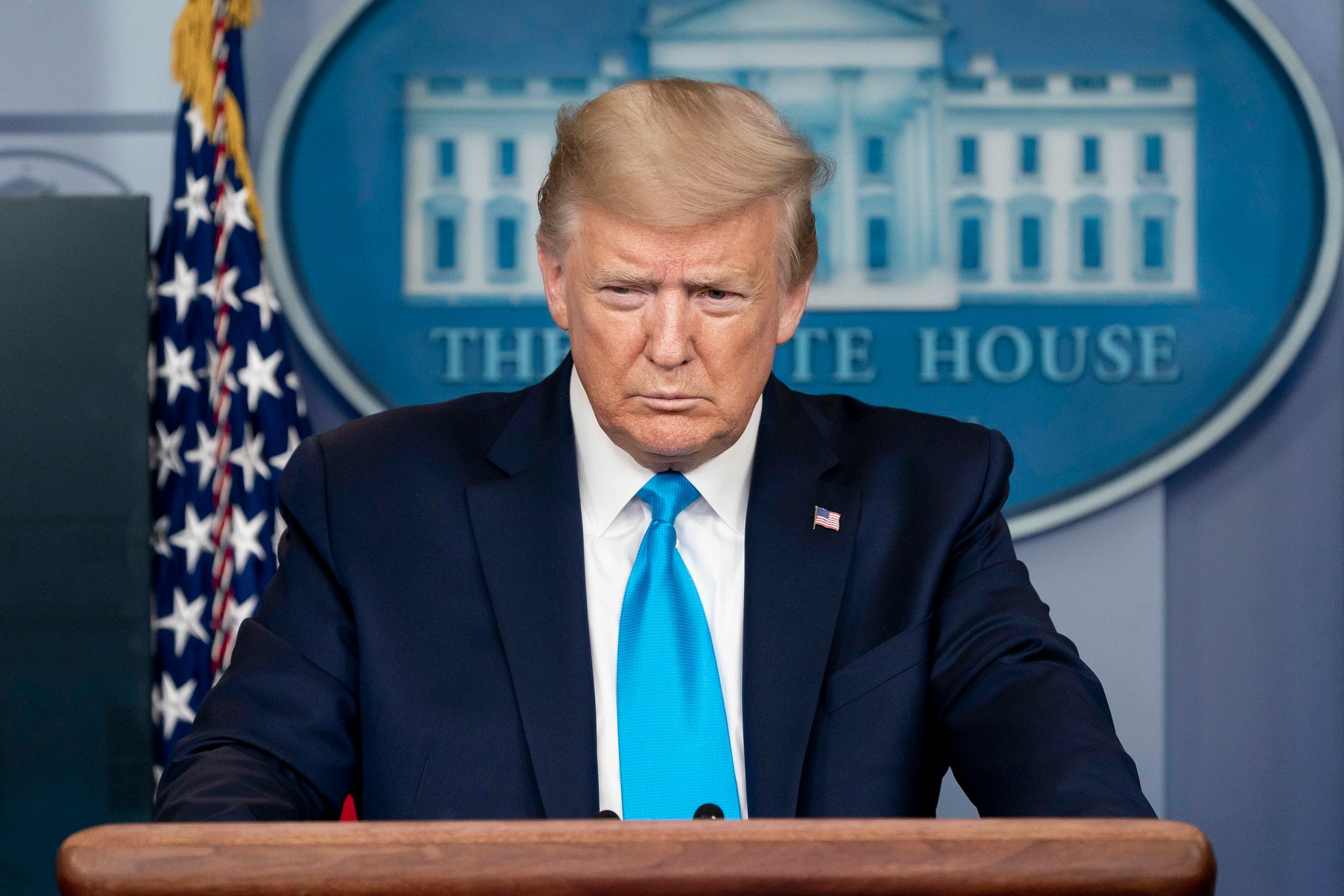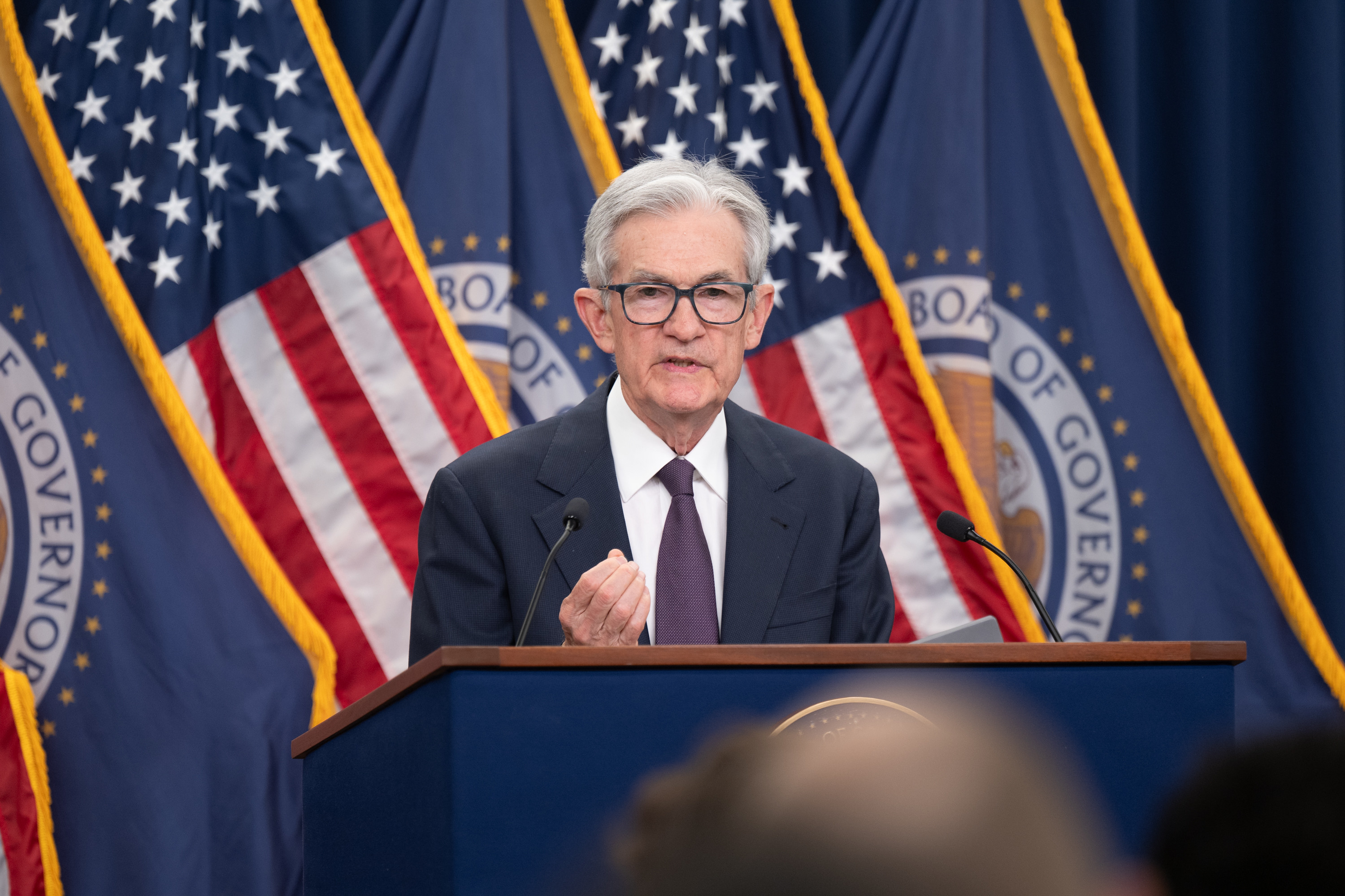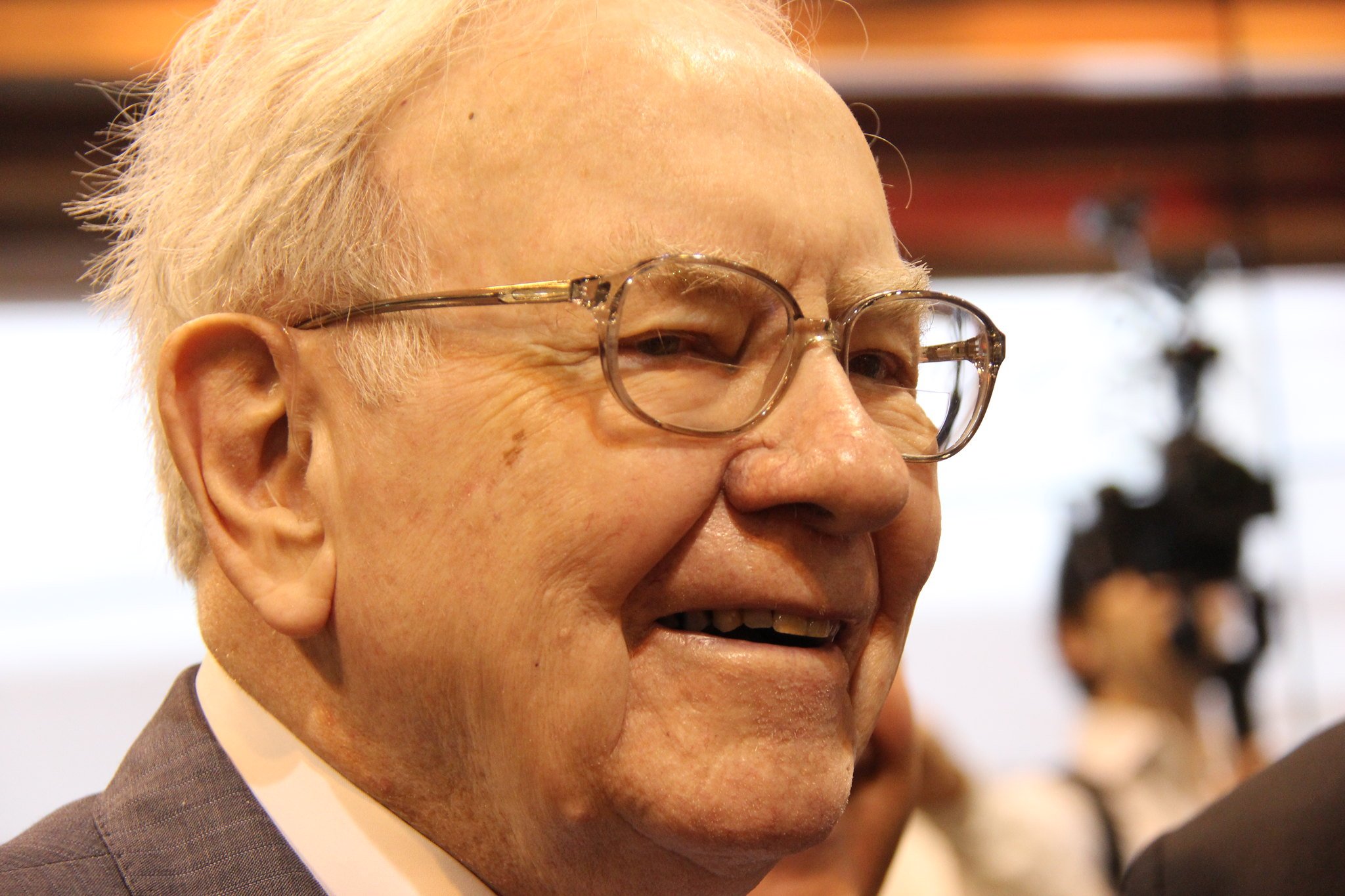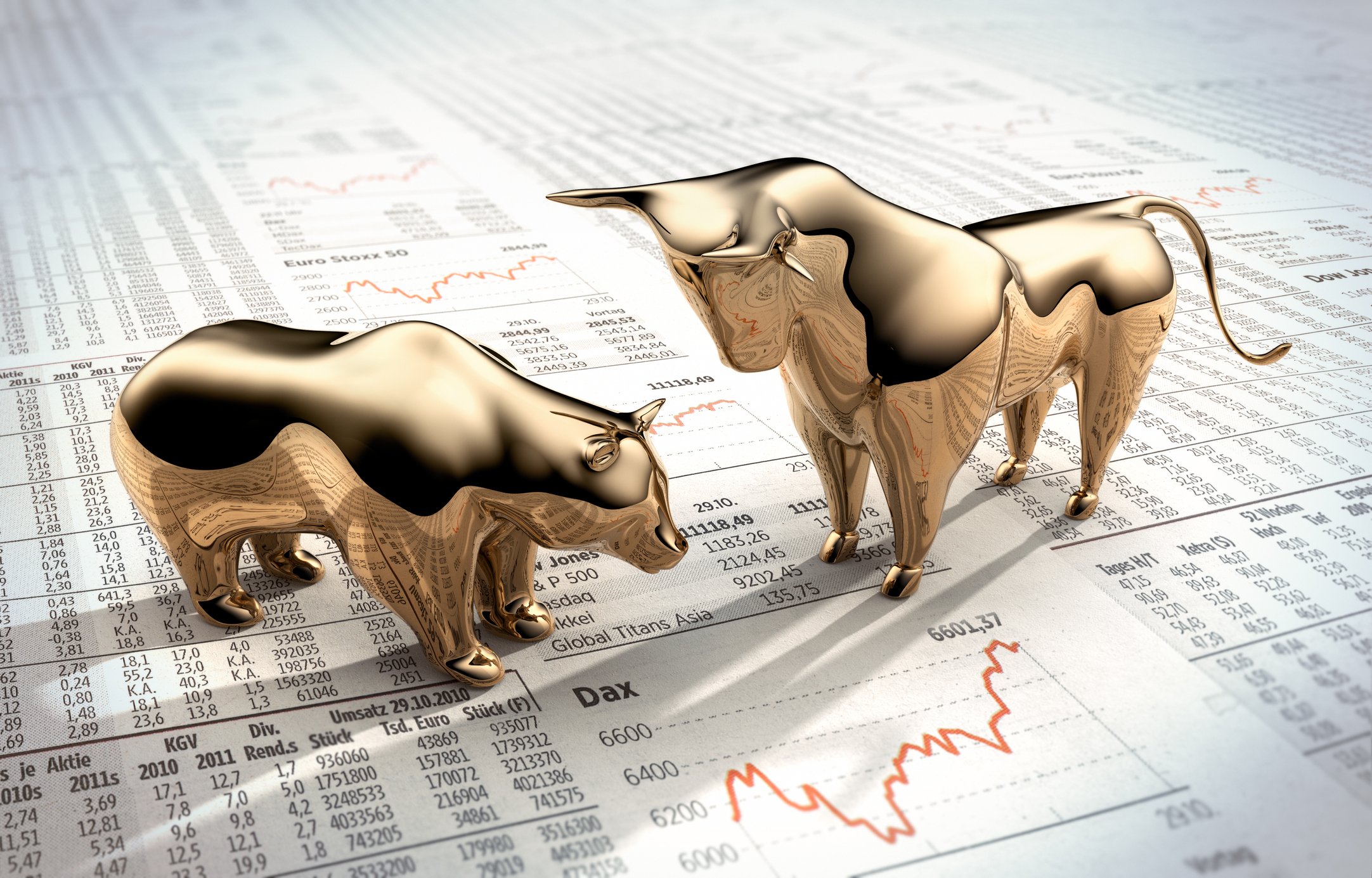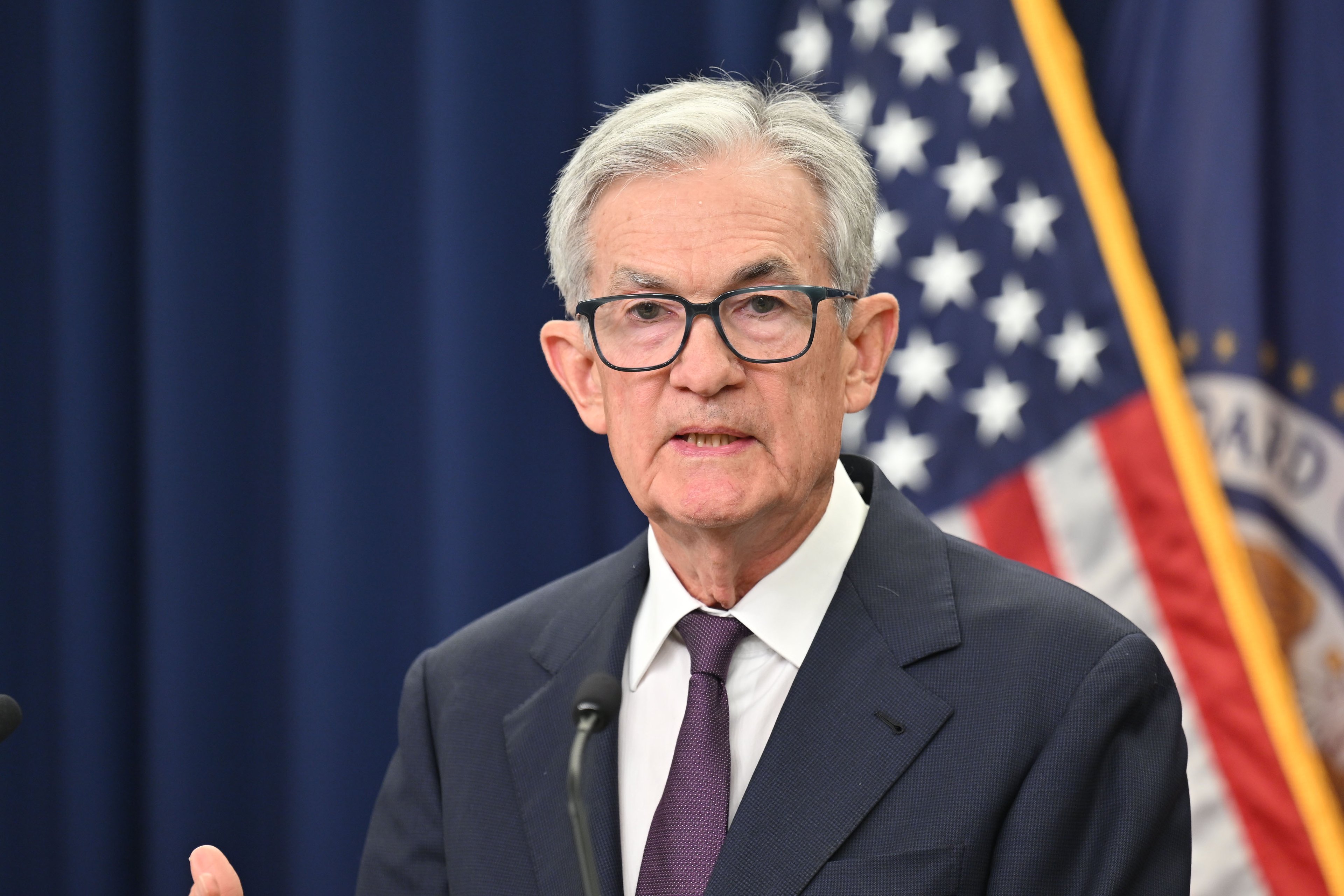It was all about jobs once again today, as the broad-based S&P 500 (^GSPC 1.07%) vaulted to its sixth consecutive gain, tacking on 6.92 points (0.45%), to close at 1,551.18.
Economists had been anticipating a strong employment report after the ADP employment report on Wednesday. The results released today were stronger than many had expected, with a 246,000 jump in non-farm payrolls, and the unemployment level ticking down 0.2%, to 7.7%, its lowest level in four years. Continued improvement in the unemployment rate could signal to the Federal Reserve that it's safe to end its $85 billion monthly Treasury and mortgage bond purchases, and potentially even consider raising lending target rates.
Today's top performer was tax specialist H&R Block (HRB +1.38%), which reported its third-quarter results after the bell last night. Oddly enough, the $0.22 per-share loss was considerably worse than the $0.03 loss that Wall Street was expecting; but it was comments made by CEO Bill Cobb that tax filings should grow by 1%-2% this year that got investors excited. Part of H&R Block's woes relate to the late start to this year's tax season, but I still remain more concerned about whether or not it can bite into Intuit's (INTU 0.75%) TurboTax market share. Intuit beat H&R Block to the do-it-yourself tax market years ago, and H&R Block has been playing catch-up ever since. Despite H&R Block's 9.2% rise today, I'm not impressed.
Big box retailer Best Buy (BBY 2.01%) continued to annoy short-sellers, by ascending an additional 4.7%, and topping $20 per share for the first time since the summer. Best Buy's aggressive price-matching initiatives, as well as its focus on mobile technologies, are beginning to see an immediate impact with regard to increased traffic in its stores. Best Buy further cemented itself as a retail stronghold by keeping its quarterly dividend unchanged at $0.17, calming investors' fears that a dividend cut might have been on the way. As long as Best Buy's management team remains focused, it could head even higher.
Finally, life insurance provider MetLife (MET 0.11%) advanced 4.9%, leading the insurance sector higher, as 10-year Treasury yields hit an 11-month high. As I noted earlier, a four-year low in unemployment has interesting consequences for what the Fed may do next. With a rise in rates seeming like a certainty to come sooner rather than later if employment figures keep heading in the right direction, insurers like MetLife, which have huge exposure to Treasury bonds ($370 billion in MetLife's case according to Bloomberg), are bound to benefit. At less than seven times forward earnings, MetLife shareholders have definitely discounted the potential for future rate increases, and now could still provide a good opportunity for long-term investors.

